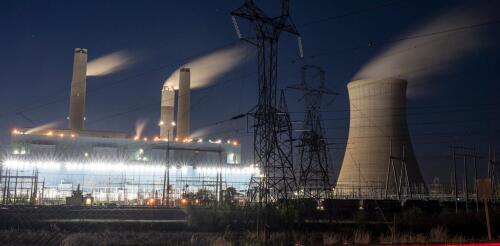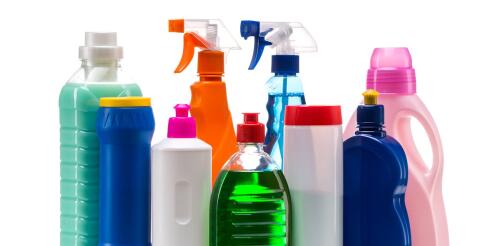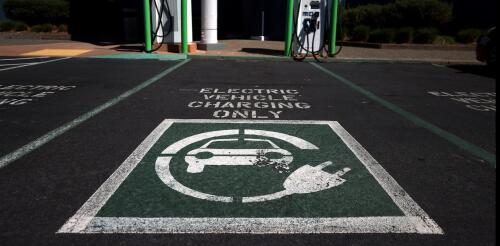Air pollution
Smoke from more than 100 wildfires burning across Canada has been rolling into North American cities far from the flames. New York City, Denver, Chicago, Minneapolis and Detroit each made the list of the most polluted cities in the world at times in May and June 2023 because of the fires. The smoke has triggered air quality alerts in several states. We asked Chris Migliaccio, a toxicologist at the University of Montana who studies the impact of wildfire smoke on human health, about the health risks people can face when smoke blows in from distant wildfires. What’s in wildfire smoke that’s a problem? When we talk about air quality, we often talk about PM2.5. That’s particulate matter 2.5 microns or smaller – small enough that it can travel deep into the lungs. Exposure to PM2.5 from smoke or other air pollution, such as vehicle emissions, can exacerbate health conditions like asthma and reduce lung function in ways that can worsen existing respiratory pr...
On May 11, 2023, the Biden administration proposed new regulations to curb carbon pollution from existing power plants. The new rules replace the Obama administration’s Clean Power Plan, which was proposed in 2015 but ran into multiple legal challenges and never took effect. Nonetheless, in a high-profile 2022 ruling, West Virginia v. EPA, the U.S. Supreme Court found that the Obama administration’s approach exceeded the Environmental Protection Agency’s authority to regulate power plant carbon pollution under the Clean Air Act. Jennifer K. Rushlow, dean of the Vermont School for the Environment and a law professor at Vermont Law & Graduate School, explains how the new regulations are designed and the delicate balance they attempt to strike between slowing climate change and avoiding further legal setbacks. 1. How has the Biden administration tailored these regulations in response to the West Virginia v. EPA ruling? The scent of West Virginia v. EPA is al...
The Research Brief is a short take about interesting academic work. The big idea Consumer products released more than 5,000 tons of chemicals in 2020 inside California homes and workplaces that are known to cause cancer, adversely affect sexual function and fertility in adults or harm developing fetuses, according to our newly published study. We found that many household products like shampoos, body lotions, cleaners and mothballs release toxic volatile organic compounds, or VOCs, into indoor air. In addition, we identified toxic VOCs that are prevalent in products heavily used by workers on the job, such as cleaning fluids, adhesives, paint removers and nail polish. However, gaps in laws that govern ingredient disclosure mean that neither consumers nor workers generally know what is in the products they use. For this study we analyzed data from the California Air Resources Board (CARB), which tracks VOCs released from consumer products in an effort to reduce smog. The agen...
The race to decarbonize passenger cars and light-duty trucks in the U.S. is accelerating. Battery electric vehicles accounted for almost 6% of all new vehicle sales in 2022, up from close to 3% in 2021, and demand is outstripping supply, even as manufacturers roll out new models and designs. The Biden administration is spending billions of dollars to build out EV charging networks and providing incentives for purchasing new and used EVs. This shift offers big economic and environmental benefits, but they’re not spread equitably. People who bear the most burdens in our current transportation systems often receive the fewest benefits, and are least able to change their situations. I study the future of clean transportation and energy, and my research analyzes equity considerations in the design of these systems. As my colleagues and I see it, an equitable transition will require thinking broadly about all transportation users and their needs – especially those who are...
This article is part of a collaboration with Boulder Reporting Lab, The Center for Environmental Journalism at the University of Colorado Boulder, KUNC public radio and The Conversation U.S. to explore the impacts of the devastating Marshall Fire one year after the blaze. The series can be found at the Boulder Reporting Lab. On Dec. 30, 2021, one of the most destructive wildfires on record in Colorado swept through neighborhoods just a few miles from our offices at the University of Colorado Boulder. The flames destroyed over 1,000 buildings, yet when we drove through the affected neighborhoods, some houses were still completely intact right next to homes where nothing was left to burn. Although the people who lived in these still-standing homes were spared the loss of everything they owned, when they returned after the fire, they found another disaster. Noxious smells and ash on their windowsills and doorways initially made their homes unlivable – and potentially hazardo...




